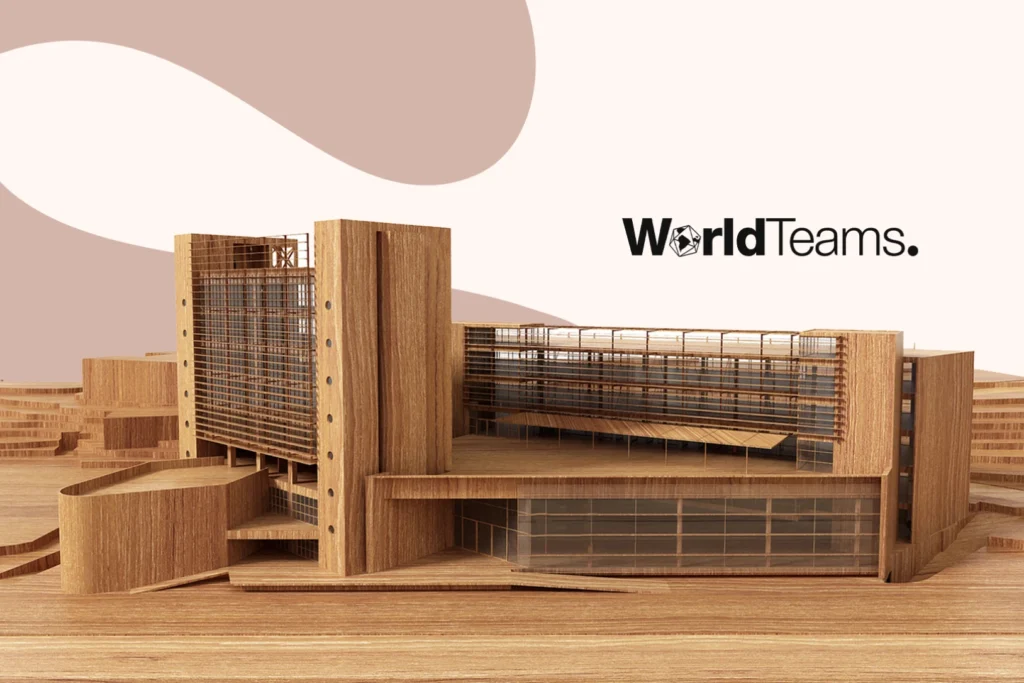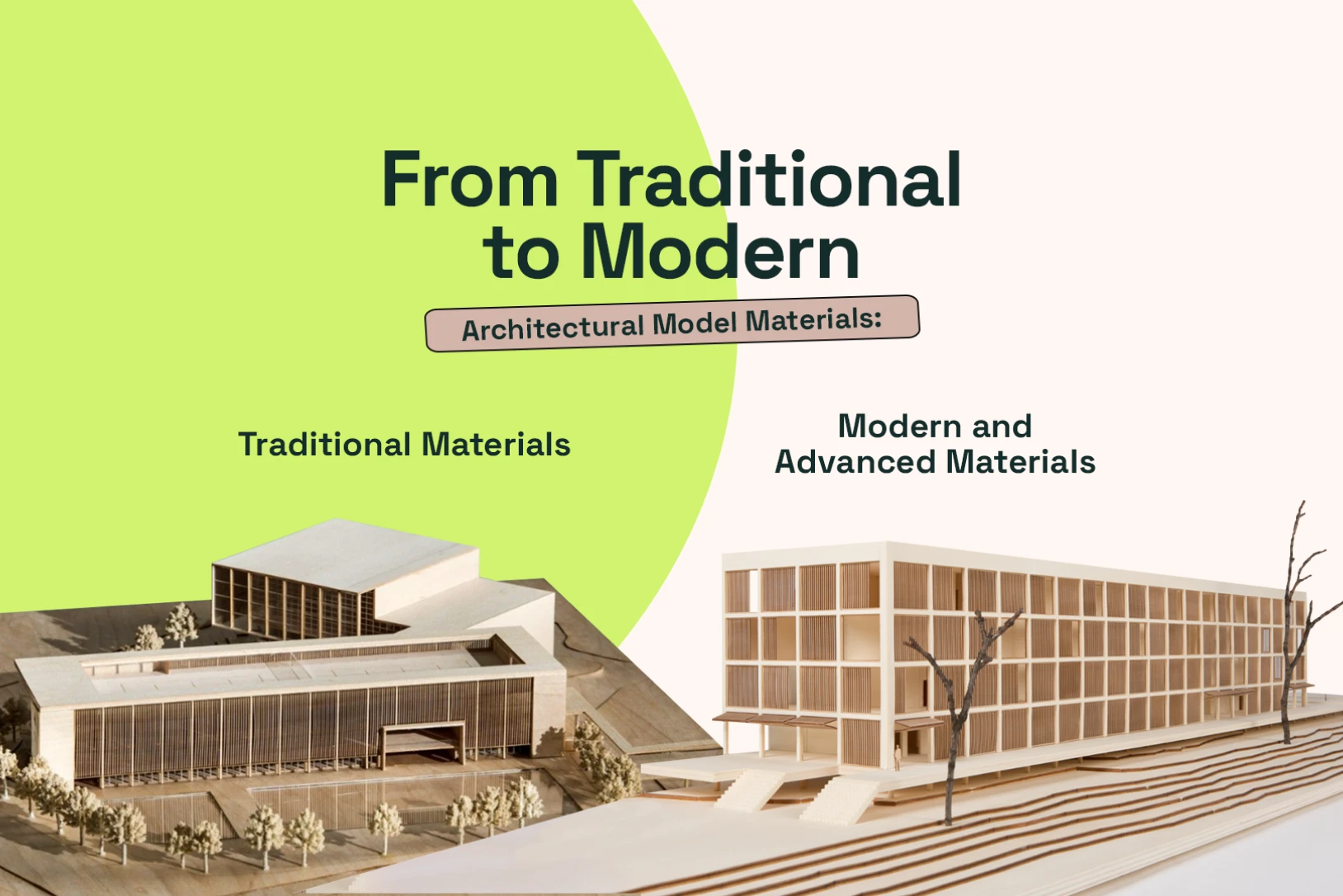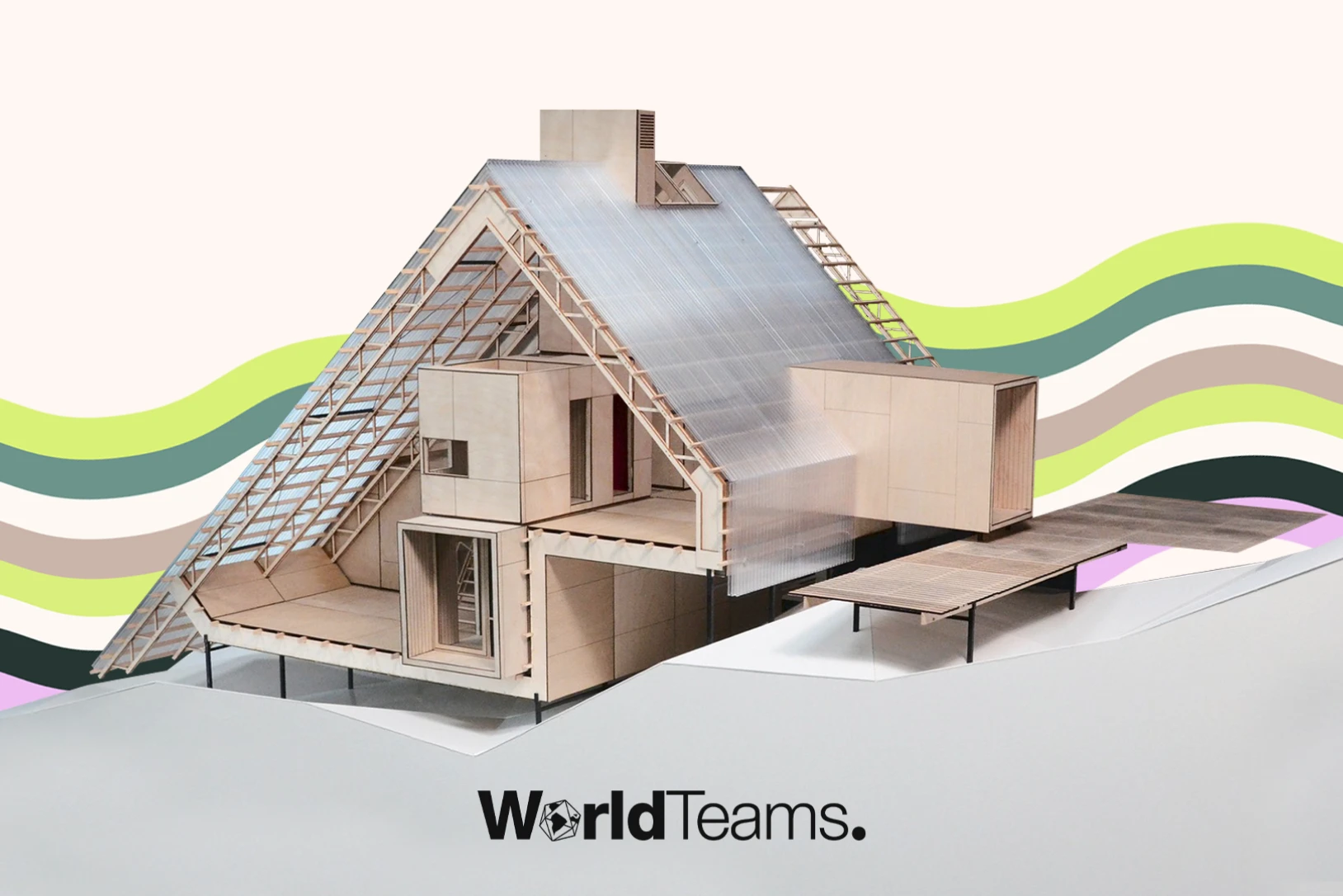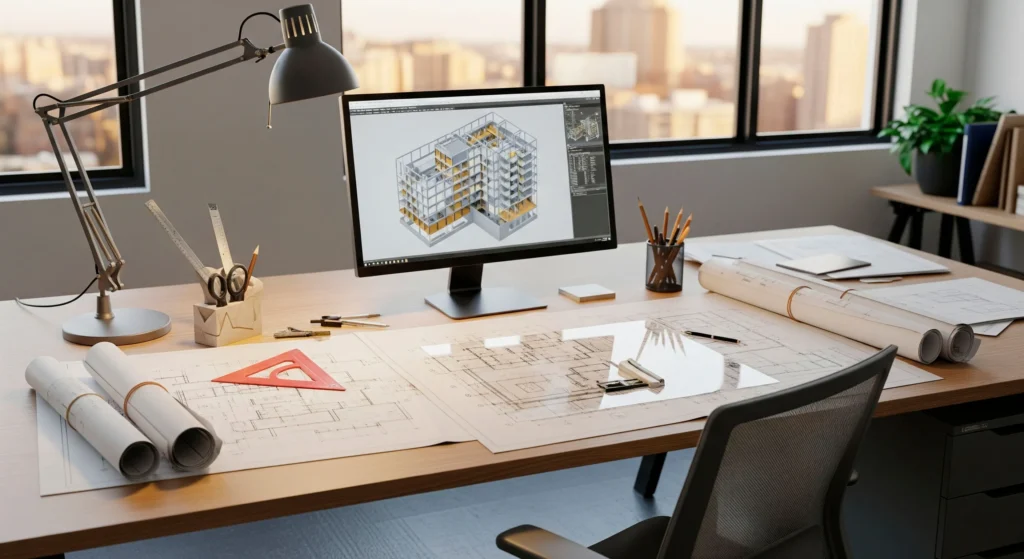Architectural Model Making: Enhancing Client Presentations

What is Architectural Model Making?
Architectural Model Making is the process of creating scaled physical representations of buildings, landscapes, or urban designs. These models help architects, designers, and clients visualize projects before construction begins. By using various architecture model materials, architects can experiment with form, function, and aesthetics, ensuring the final design meets expectations.
The History of Architectural Model Making
Ancient and Classical Periods
The origins of architectural model making date back thousands of years. In ancient Egypt, Mesopotamia, and Greece, builders created clay and wooden models of structures as planning tools. These early models served both practical and ceremonial purposes, providing insights into architectural concepts and techniques.
During the Renaissance, architectural models became essential for presenting ideas to patrons and for refining construction techniques. Famous architects like Leonardo da Vinci and Michelangelo used wooden models to demonstrate their designs, allowing for better structural understanding.
Industrial Revolution and the Rise of Precision
With the advent of the Industrial Revolution, new materials and tools enhanced model-making accuracy. Architects began using materials such as cardboard, basswood, and foam board to create detailed, scaled representations. The introduction of mechanical cutting tools allowed for more precise detailing, leading to highly realistic models.
The Digital Age: CAD and 3D Printing
The digital revolution transformed architectural model making with the introduction of computer-aided design (CAD). Software such as AutoCAD, Rhino, and SketchUp enabled architects to create detailed digital models before constructing physical versions.
Today, 3D printing technology has revolutionized architectural model making. With advanced architectural model materials like PLA, resin, and composite filaments, 3D printers can create intricate and highly accurate models faster than traditional methods. This shift has drastically reduced production time and material waste while improving model precision.

Architectural Model Materials: From Traditional to Modern
Different materials are used depending on the project requirements, scale, and level of detail. Here are some common architecture model materials:
Traditional Materials
1. Cardboard and Foam Board – Lightweight, affordable, and easy to cut, these are perfect for conceptual models.
2. Balsa and Basswood – Used for detailed models due to their fine grain and ease of carving.
3. Clay and Plaster – Ideal for organic shapes and terrain modeling.
4. Acrylic and Perspex – Often used for transparent elements like windows and facades.
Modern and Advanced Materials
1. 3D Printing Filaments (PLA, ABS, Resin) – Used for creating precise, complex designs with automated accuracy.
2. Laser-Cut MDF and Plywood – High-precision materials for advanced model detailing.
3. Composites and Polymers – Durable materials offering flexibility and strength for intricate designs.

The Role of Architectural Model Making in Design and Communication
Architectural models are crucial for various stages of the design and presentation process:
The Future of Architectural Model Making
As 3D printing, augmented reality (AR), and virtual reality (VR) continue to evolve, the future of architectural model making is becoming increasingly digital. Many firms now integrate digital models with architecture outsourcing services, leveraging expert teams for architectural design services to improve efficiency and reduce costs.

Why Choose WorldTeams for Architectural Model Making and Client Presentations?
At WorldTeams, we specialize in outsourcing architectural services, including architectural model making and client presentation materials. Our expert designers use cutting-edge technology to produce high-quality models that bring your vision to life. Whether you need conceptual designs, schematic presentations, or 3D-printed models, our team delivers exceptional results.
Partner with WorldTeams today to enhance your architectural presentations and impress your clients with high-quality models. Contact us now to discuss your project!









